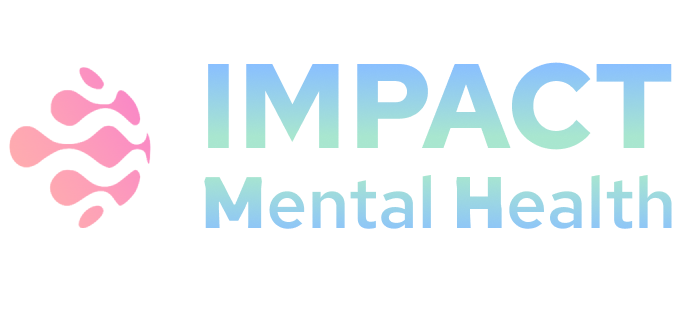Project Leaders

Contact PI
JESSICA TURNER
Research Professor, Department of Psychiatry and Behavioral Health
Ohio State University

MPI
Melanie Bozzay
Assistant Professor, Psychiatry and Behavioral Health
Ohio State University

MPI
Jay Fournier
Director, Mood and Anxiety Program & Division of Cognition and Emotion; Associate professor, Department of Psychiatry & Behavioral Health
Ohio State University
Project Number
1UF1MH136537-01A1
Awardee Organization
OHIO STATE UNIVERSITY
Program Official
MICHELE FERRANTE
Project Description
Research shows that nearly half of suicide decedents visit a health care provider in the weeks prior to their death. Yet, existing suicide screening approaches in healthcare settings fail to identify most patients who go on to engage in suicidal behavior (SB) or die by suicide. We propose a large-scale study to develop clinically actionable strategies to identify which individuals will experience clinically meaningful increases in suicide risk, what tools or behavioral markers are most sensitive to detecting transitions between suicide risk states, and when these shifts are likely to occur to inform clinical care. The proposed study builds on our team’s extensive expertise in large-scale recruitment, intensive longitudinal assessment, behavioral phenotyping, clinical signatures of suicide risk, and dynamic and computationally intensive modeling approaches to risk prediction. Approximately 13,500 participants between the ages of 18 and 55 will be recruited, representing varying levels of risk for suicide. Most participants will be recruited nationally with postcard mailings to targeted zip-code representative areas (n=8- 10,000), and include those with a primary health care visit in the past 3 months (lowest risk category). Additional, higher-risk participants (n=4200) will be recruited based upon recent health care visits, including individuals from depression clinics, PTSD programs, psychosis and risk for psychosis clinics, sleep clinics, pain clinics, and clinics for underinsured people, to include a range of moderate and high risk groups for suicide risk.
Aim 1 is to collect six total weeks of self-report assessments, with ecological momentary assessment, cognitive and affective behavioral tasks, and passive sensing data to develop a richly phenotyped sample for modeling variable trajectories of suicide risk over time.
Aim 2 is to leverage this data to predict temporal patterns that signal transitions from low to high-risk states, and vice versa, using innovative and computationally intensive dynamical systems analyses.
Aim 3 is to identify individual characteristics that modulate these transitions and identify the minimum data required for robust model estimates.
With the completion of this project, a novel computational approach to signaling an individual patient’s current probability for transitioning to a higher or lower suicide risk state within clinically relevant timeframes (days to weeks) will be available, along with a rich cross-diagnostic dataset of cognitive, affective, and behavioral data from a nationwide sample.
Public Health Relevance Statement
We recruit a large, nationally representative sample, including individuals from groups known to be at risk for suicide as well as the general population, and collect in-the-moment assessments of their emotional and cognitive states, and their suicidal ideations or behaviors over the course of several weeks. In combination with standard clinical assessments, we develop computational measures of the trajectories toward and away from increased suicidal risk states.



